Fujifilm X-T1
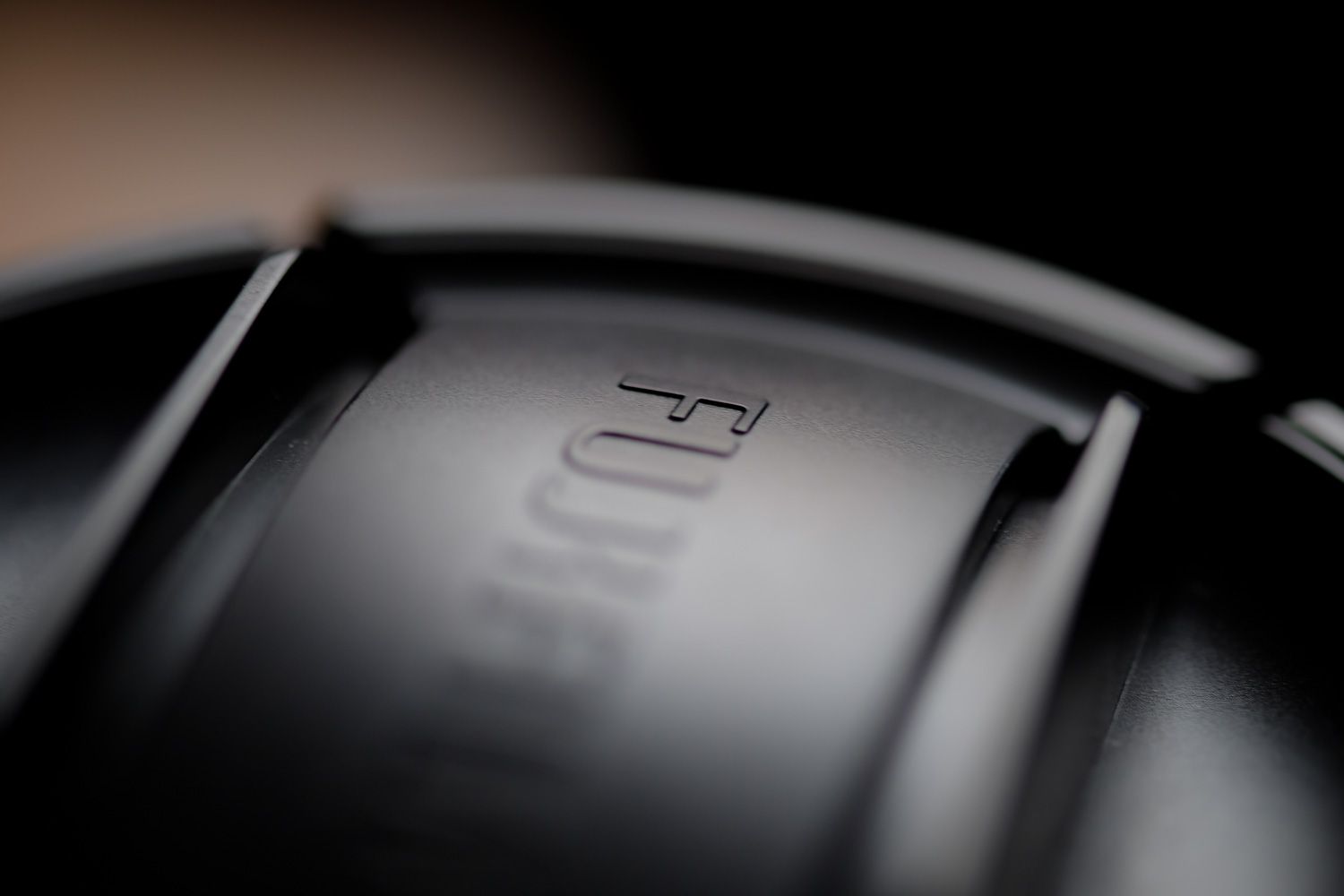
When I reviewed the X100S, I was just dipping my toes into the Fuji ecosystem. Since then, I’ve had the opportunity to immerse myself entirely and I’d like to share my findings.
The X100S served as a pivot point in my photography, and the story of how it came into my life was among the most popular articles on the blog. It revealed a strong desire for non-technical and down-to-earth discussions about camera equipment in my little corner of the internet.
As a result, I intend to continue writing about the photo gear that I use, and I figure there’s no better way to kick off the new year than by examining the X100S’ big brother.
Over the holidays, I worked almost exclusively with the Fuji X-T1, courtesy of a loan from Fuji Canada.1
Paired with a 10-24mm wide-angle zoom and a 60mm macro prime, this kit has braved the frosty Toronto winter with me, and plunged into the Mexican coastal jungles in pursuit of wildlife and tropical vistas.
Camera Reviews
As before, I took my time with this review. It’s not because I needed a long time to understand the camera; it’s because translating my experience of how it performed into an article that will help others is a great responsibility.
Me telling you “it’s great!” is just as useless as me spouting a spreadsheet’s worth of specifications at you. That isn’t helpful information, and it’s not a product review: it’s a press release.
Instead, I’ve taken some time to let my notes and thoughts percolate, and I’ve paid special attention to how I feel about my photography without the X-T1 to see if I can understand what contribution it made to my work while I had it.
With that in mind, what follows is a practical and down-to-earth examination of Fuji’s flagship camera.
Ergonomics
I want to focus mostly on photos and the experience of taking them with the Fuji X-T1 and the lenses I tried it with, but it’s worth taking some time before that to discuss the camera’s ergonomics.
When capturing moments in the field rather than in the studio, it’s especially important to have a kit that’s absolutely frictionless.
Part of this is simple familiarity with the gear, but part of it comes down to the way the camera and accessories are designed, and this is an aspect that I feel Fuji has put a lot of thought into.
In a word, the Fuji X-T1 is immediate.
Like its cousins from the X100 series, the X-T1 provides manual controls for nearly every common camera function, and places them exactly where you’d expect them to be.
While it makes the camera look confusing—dials everywhere!—it dramatically reduces the time it takes to feel comfortable shooting with it. There’s nothing hidden in menus or accessible only through some arcane combination of button presses.
Despite my big hands, I found the body comfortable to hold. I typically prefer shutter releases to be placed on the grip rather than the top of a camera body, because that’s where my finger tends to fall, but the X-T1 has no room on its minimal grip.
Nevertheless, it provides a sort of compromise by pushing the shutter release to the very front edge, which works well since the body is slightly thicker than the X100S’.
Strapped In
The fact that the X-T1 features separate battery and card compartments is great, but I ran into a subtle issue here: using a BlackRapid strap blocks access to the battery door. And I for one switch batteries a lot more often than I switch cards.
The BlackRapid sling straps are my favourite carrying solution, especially for lighter cameras like the Fuji X series where the weight essentially disappears, but their system of attaching a small piece to the tripod mount is a problem on the Fujis.
Since the battery door is so close to the tripod mount, the edge of the BlackRapid attachment blocks access to the battery, meaning that hot-swapping batteries becomes impossible. You have to first detach the strap mount, then replace the battery, then put everything back together to resume shooting.
An annoyance more than anything else, but something that any BlackRapid users will encounter.
Dials & Buttons
The dials are a clear improvement over the X100S in terms of firmness. Adjusting each setting is smooth, with the individual detents clicking through like precision clockwork. On a purely mechanical level, it’s very satisfying.
This is unfortunately not the case with the buttons, which are a step backward. Much has been written about the directional buttons and their mushy feel (this is improved on the newer silver model), but I wasn’t particularly happy with the other buttons either. Fuji explained that it was largely the result of their weather proofing process, which is understandable, but the ergonomic trade-off is unpleasant.
Instead of the deeper travel and click of the X100S buttons, we get a shy, shallow, and indefinite mechanism on the X-T1. I noticed this most acutely while shooting outdoors with my gloves on. If you’re wearing thick gloves, it’s basically impossible to tell if you’ve successfully pressed a button if the result isn’t something immediately obvious like the Q menu appearing.
In practice, this is problematic when dealing with the AE-L and AF-L buttons, and whatever custom functions you have assigned to the directional pad.
The buttons are by no means bad, they just feel less reliable about whether or not they’ve registered a press, and that’s not something you want in a fast-paced shooting scenario.
Lenses and Kit Size
One interesting conversation that’s emerged as a result of Fuji’s expanding lens line-up is the question of whether or not the lenses are getting too bulky.
This is a predictable response considering the mirrorless world is seen as the compact replacement for a full DSLR rig, but Fuji doesn’t really position their products that way.
In my discussions with them, it was clear that their goal is not to replace DSLRs but offer an alternative to them—perhaps even to augment them where appropriate.
I bring this up because the size of the lenses can significantly change the balance of the X-T1, and in some cases make the setup heavy. Having a Canon 5DMKII is probably what helps me keep this in perspective, because even with a heavy lens, the overall bulk and weight is still significantly less than what a similar setup would be on a DSLR body.
Even with the incredible new 55-140mm f/2.8 (which I’ve only just briefly played with), the X-T1 presents a much lighter package than my 5D and its 70-200 f/4L.
To me, this entire discussion is missing the forest for the trees; focusing on the size of the lenses seems silly when the real story is that Fuji is one of the few mirrorless manufacturers that can boast a large line-up of top-quality native lenses with a consistent control scheme and design language.
That being said, there’s something appealing about the idea of ditching your huge bag of lenses and bodies and paring everything down to a tiny X100 series camera, or even an X-T1 with a few well-chosen primes, so I understand the desire to keep those lenses as small as possible.
In my own case, even the largest possible Fuji setup I could assemble is going to be lighter than my Canon kit, so I don’t mind those lenses being a bit bigger if that’s what it takes for Fuji to ensure that they remain as optically and physically extraordinary as the ones I’ve tried so far.
Overall, the X-T1 feels very much like the workhorse it’s meant to be, and—my reservations notwithstanding—it’s a thoughtfully designed body that provided an almost perfectly frictionless shooting experience for me.
Shooting
Let’s talk about that shooting experience, and how the choice of lens can transform it.
On a basic level, I was delighted to find that taking photos feels as great with the X-T1 as it does with my X100S. This isn’t surprising considering the fact that they share the same sensor technology and design language.
In comparing the X-T1 to my X100S, there is only one important feature that I missed: the built-in ND filter. While the X-T1’s shutter speed can go blazing fast—especially with the new firmware—having a neutral density filter offers more flexibility in extremely bright daylight situations.

As you’d expect from a flagship, the X-T1 transcends the X100S in some important ways.
There are simple things like a dedicated ISO dial, improved viewfinder, and the tilting screen. Then there are more important performance improvements to consider.
For instance, the autofocus is noticeably faster. I’m avoiding hyperbole here because many reviews claim ground-breaking leaps in the autofocus speed, but my experience was less dramatic.
The X-T1 performs very admirably, and the cases where I missed focus or missed shots because it was hunting were the fault of the lens and not the body.
This turned out to be one of my clearest take-aways from the experience. I realized, in collecting my review notes, that the vast majority of my concerns and surprises had to do with the lens and not the X-T1 body itself.
It’s an important distinction because it proves that Fuji has pulled off the same magic trick here as it did with the X100S: the camera absolutely disappears in the context of shooting. The synergy between body, lens, and photographer is so perfect that the only thing you focus on is getting the shot.
On a fixed-lens camera like the X100 series, this is easier to do since you only have to account for a single combination. But with an interchangeable lens body like the X-T1, the fact that this synergy exists shows tremendous design acumen.
The X-T1 is a chameleon, adapting to the lens you attach and offering a decidedly different shooting experience depending on the characteristics of that lens.
Accordingly, the rest of this review doesn’t discuss the body so much as the combinations of body and lens that were available to me over the course of my review.
10-24mm: Fuji’s Killer Wide-Angle Zoom
The performance improvement between the X100S and X-T1 is most noticeable with good glass, and the 10-24mm is about as good as it gets. It’s a zoom that performs like a prime.
For me, it was a surprising and difficult lens; difficult because I’d never shot with such a wide angle before, and surprising because it performed so well in such a variety of settings.

Focus is almost always instant in good light, and the fixed f/4 aperture, while not particularly bright, is offset by the built-in optical image stabilization, which allowed me to continue working in more challenging light.
Using a tripod, I was able to experiment with some interesting long-exposure shots during a holiday festival downtown.

In all cases, the output from this lens is fantastic—colours are captured perfectly, details are razor sharp, chromatic aberration is minimal, and distortion is easily controlled.
As an introduction to wide angle lenses, I feel spoiled by the 10-24.
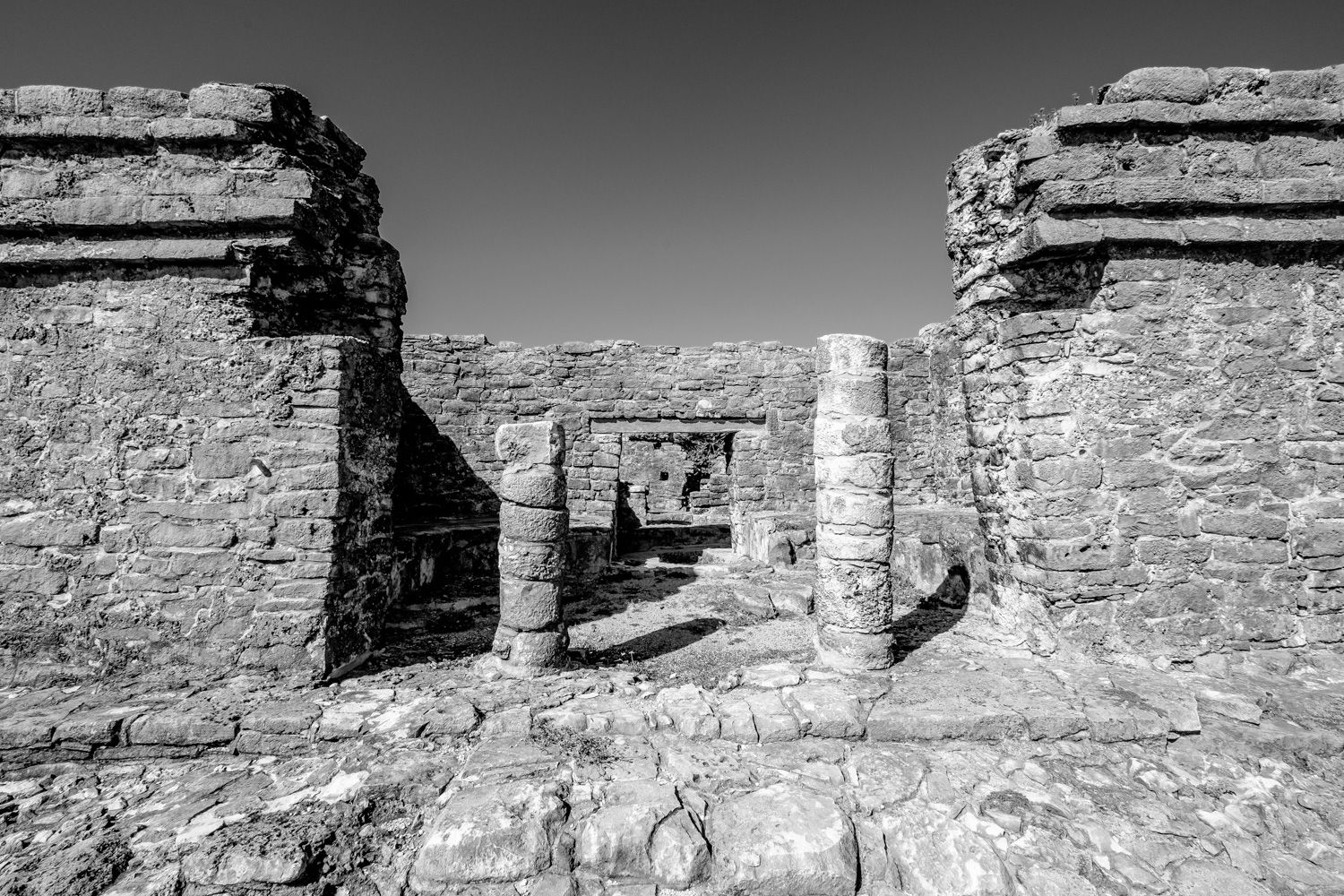
Despite this, I’m used to shooting closer up, so I naturally gravitated toward the 60mm macro that Fuji lent me. For several reasons, including that one, I took far more shots with the 60mm than I did with the 10-24.
But not all of those reasons were positive.
60mm: An Amazing Pain in the Ass
Since the 10-24 is the newer of the two lenses I worked with, it’s a little unfair of me to compare their performance, especially considering the fact that the 60mm f/2.4 macro was one of the early XF lenses, released in 2012.
Nevertheless, it must be said: if the 10-24mm makes the X-T1 feel like a bullet train, the 60mm turns it into a leaky tractor with flat tires.
I have never worked with a more bewildering lens than this macro. I oscillated between hating it and adoring it with almost every shot.
On the physical side, it’s light and has a terrific focus ring, and an aperture ring that’s tighter than more recent lenses in the line-up, which I prefer.
The problems arise when you need it to respond with anything resembling haste. Autofocus speed is quite simply awful by modern standards. If it manages to find focus, it’s only after coughing and wheezing its way to the target like a smoker at a marathon. You may as well give up if you expect it to stay locked while your subject moves.
It’s a frustrating experience that requires you to shoot a lot of photos to get the one you want.
…But you will. In fact, you’ll be glad to. You’ll be willing to do almost anything as soon as you see the photos that come out of this lens.
Because they are mind-blowing.
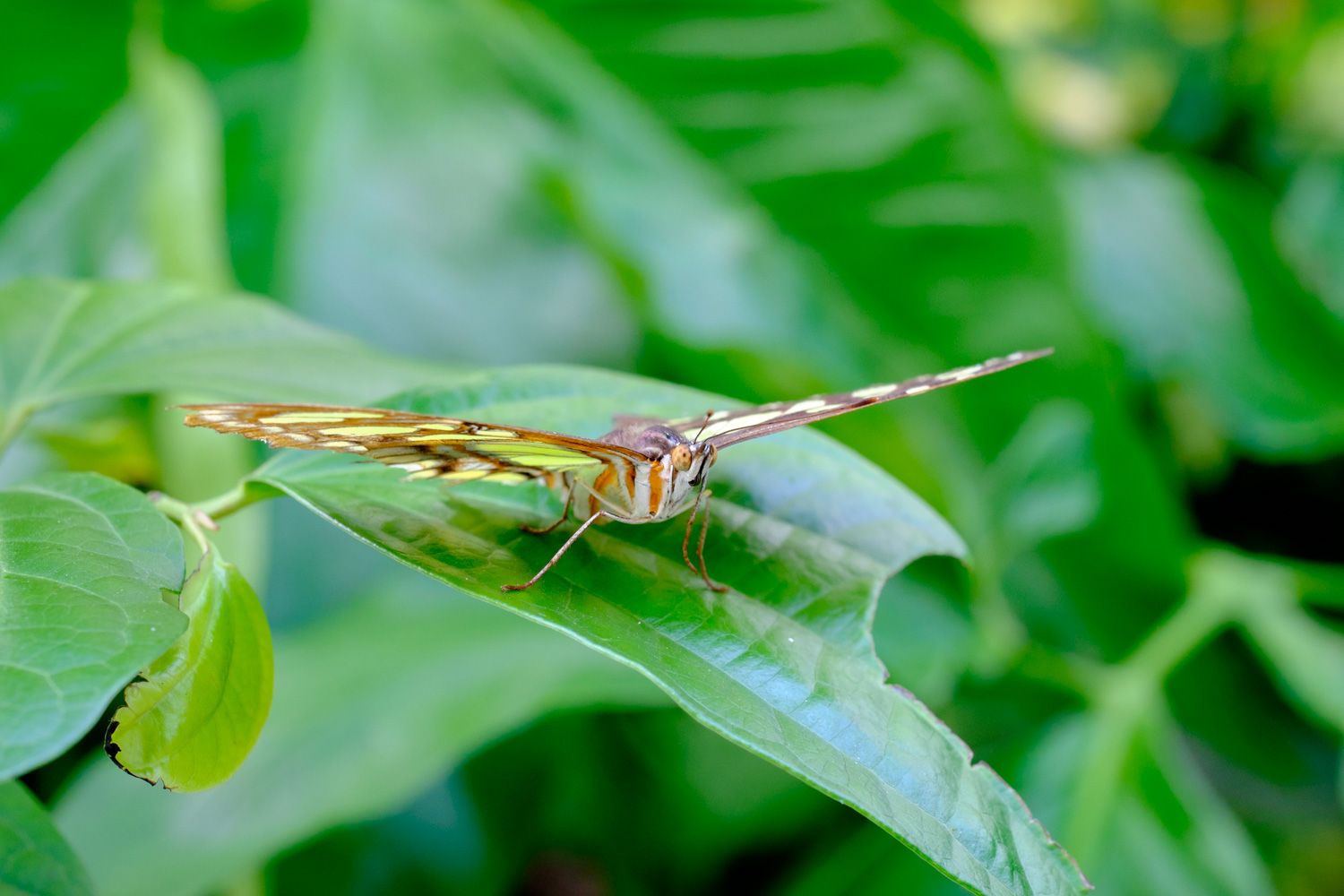

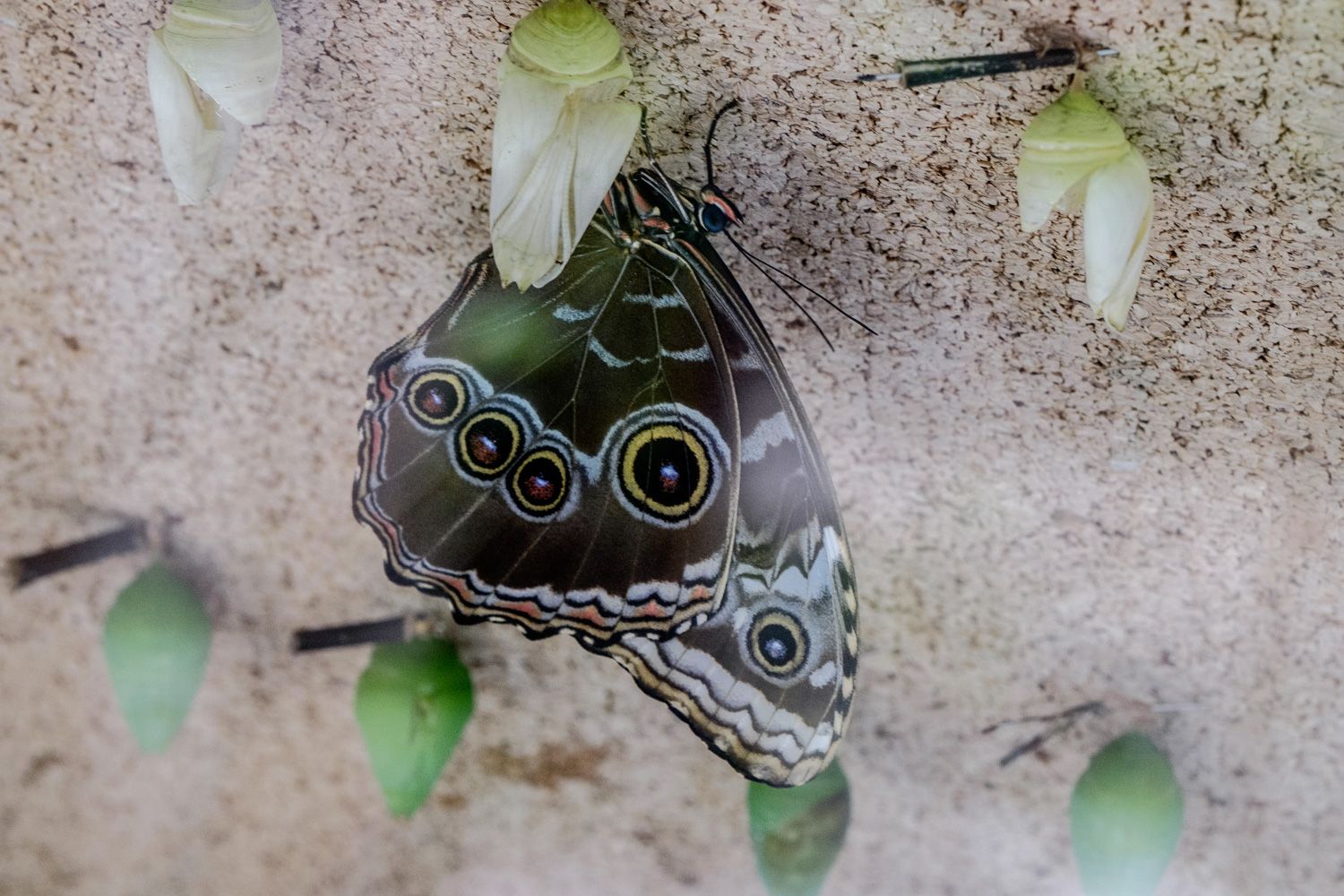
When the stars align and everything falls into place, this lens produces some of the most detailed, spectacular files I’ve ever shot. When I look at 1:1 crops of the images above, it’s easy to count the individual photoreceptor units in the compound eyes of the butterflies.
Or the scales on this lizard:

Detail is great, but what I love most about the 60mm is its unique way of rendering a scene. It’s a subtle effect, but one that combines with the X-Trans processing to lend a very organic tone to images.
What’s more, the 60mm does a great job when pushed into service as a portrait lens. As long as you’re not trying to capture restless children, it’s possible to get extremely pleasing results in a variety of different portraiture styles.



Seeing it perform so well with people encouraged me to push it outside its comfort zone to see how well it would handle animal photography, which is one of my biggest passions.
As you might expect, both lens and photographer found this process difficult and frustrating. But again, the results were worth the challenge.

By some miracle, I even managed to land some shots in difficult shooting conditions: through glass and in the dark!
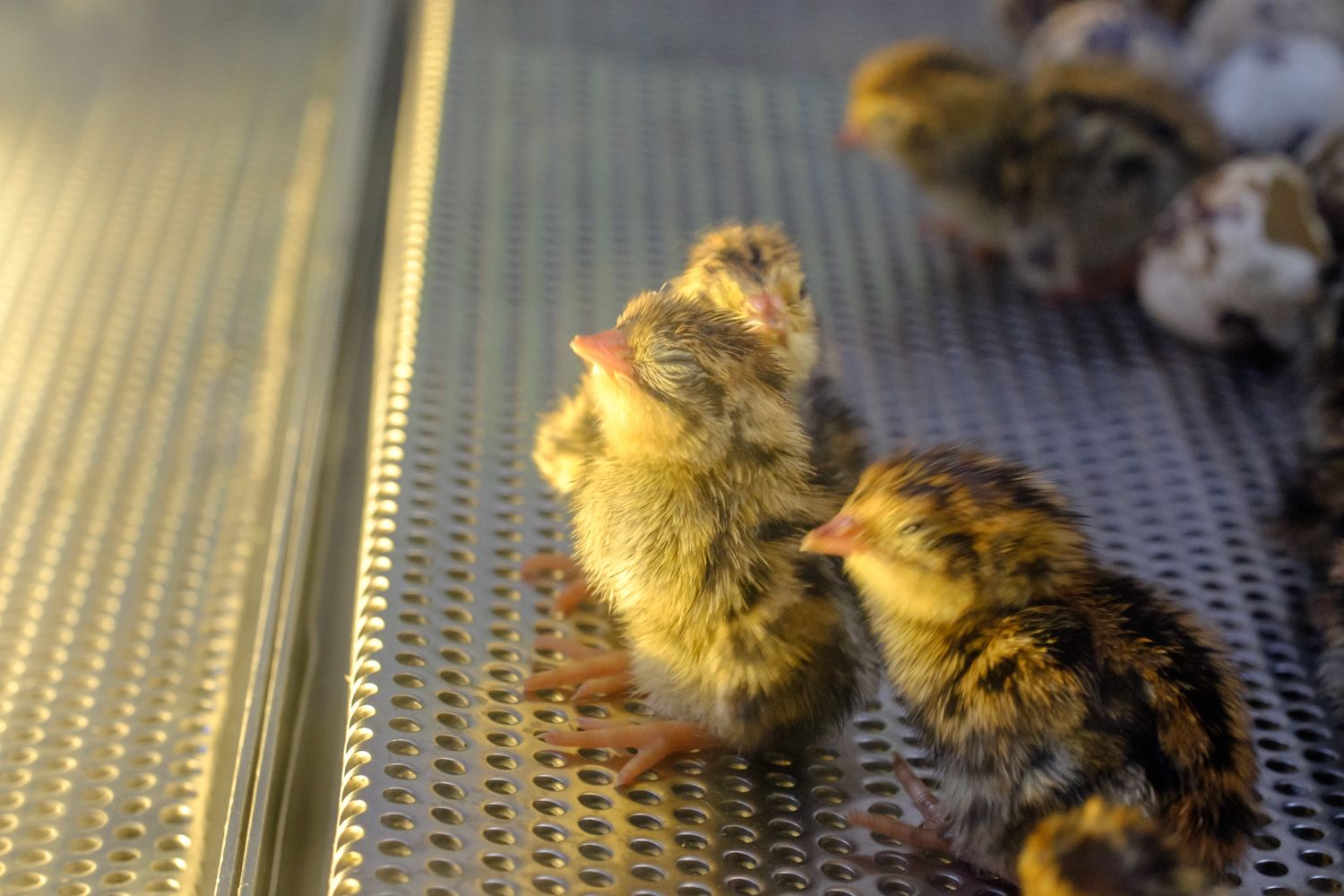
In the end we had a truce, the 60mm and I. It would put up with my progressive expectations if I was willing to be patient.
And by the time my loan was over, I was legitimately sad to see it go. It may be frustrating to use, but the images have a lot of character.

After the Fact: Files, WiFi, and Support
The other half of any shoot is the time spent back at the studio, editing the results and preparing for public consumption. Thanks to my love affair with the X100S, I’ve gotten used to processing X-Trans files.
Like any files, Fuji’s have their quirks. For instance, I’ve learned to keep noise reduction at its minimum value of -2 to preserve details, and (thanks to a helpful tip from Pete Bridgwood) I discovered that it was possible to improve the sharpness of X-Trans files way beyond what I was used to by cranking the detail slider in Lightroom higher than I ever could with my Canon files.
In fact, it’s pretty clear to me now that Fuji’s X-Trans sensor produces much better files than my 5D does. Not only that, but the dynamic range on offer means I never have to worry about getting the tonal balance I want, or losing accidentally-blown highlights, or having to correct wildly inaccurate colour balance.
The entire development process goes by much faster, and I’m grateful for the time saved.
Another interesting shortcut is the ability to beam photos off of the camera using the WiFi functionality. This isn’t new technology, but having never had a camera with it before I admit to being a bit starstruck.
The feature works as you’d expect, allowing you to send one or more photos straight to a smartphone/tablet for editing or posting to social media accounts. You can even specify whether or not the files are resized (in case you have an older device that can’t handle the full 16MP JPGs).
If you shoot in RAW, you can still make use of this feature by converting your files to JPG in camera before sending them on their way. Since this in-camera conversion is possible, I would have liked to see a solution in place for making a basic merged version of shots taken using one of the camera’s bracketing modes.
This would be great if you’re taking some HDR shots and want to put up a preview before developing the files properly at your computer. Maybe in a firmware update?
Speaking of which, just in the month that I worked with the camera, I saw a firmware update. I spoke in my X100S review about how great it is to have a product that’s supported so attentively, and nothing proves my point better than the 3.00 update for the X-T1.
There are no fewer than 27 enhancements in this update, including the addition of an electronic shutter system that can go as fast as 1/32,000th of a second. Other useful features include manual focus override in AF mode, manual video controls and additional frame rates, the ability to mute the shutter sound, customizable Q menu, and a new Classic Chrome film simulation.
These are all dramatic functionality improvements, offered for free in an update. It’s an unprecedented level of support for a camera.
Conclusions
My time with the X-T1 was valuable on a number of levels, not least of which was the fact that it reinforced my confidence in Fuji’s products.
The X100S revitalized my photography, and while the X-T1 didn’t do that, it did prove definitively that I could move from my Canon system to Fuji without any loss of range, speed, or file quality.
As far as flagships go, the X-T1 is a superb balance of form and function. Having only used it with two lenses, neither of which are among the “favourites” of the system (the 56mm, the 35mm, etc.) I can’t say that it provides a great experience in any setup…but there isn’t an interchangeable lens camera on the planet that can boast that.
Instead, I can say definitively that the X-T1 won’t be the weakest link in your photographic life. With the exception of a few specialized scenarios that require much higher resolution files or extremely fast autofocus at any cost, I feel confident saying the Fuji X-T1 can handle anything you throw at it. As long as you have the right lens for the job.
Now that Fuji’s lens line-up includes a faster zoom, the X-T1 can officially and confidently tackle any of the shooting scenarios that I would require it for: wildlife, portraits, and cultural/travel photography.
It’s time to answer my initial question: what contribution did the X-T1 make to my work?
It allowed me to do all the same kinds of photography I can with my DSLR, while providing a faster, smaller, quieter, and more seamless experience for me from shoot to print.
I don’t know what else I could ask for in a camera.
To be clear: I was not approached by Fuji with any sort of sponsorship or offer of gear. I reached out to them after they shared the X100S review on their social accounts, and they agreed to let me spend a month with the X-T1 kit, no strings attached. They were communicative with me throughout and have been peerlessly helpful, honest, and fair. Their attitude encouraged me to be just as helpful, just as honest, and just as fair with my review, so any biases come strictly from my own experiences and not from any hidden compensation from Fuji. They don’t play that game, and I love them all the more for it.↩︎